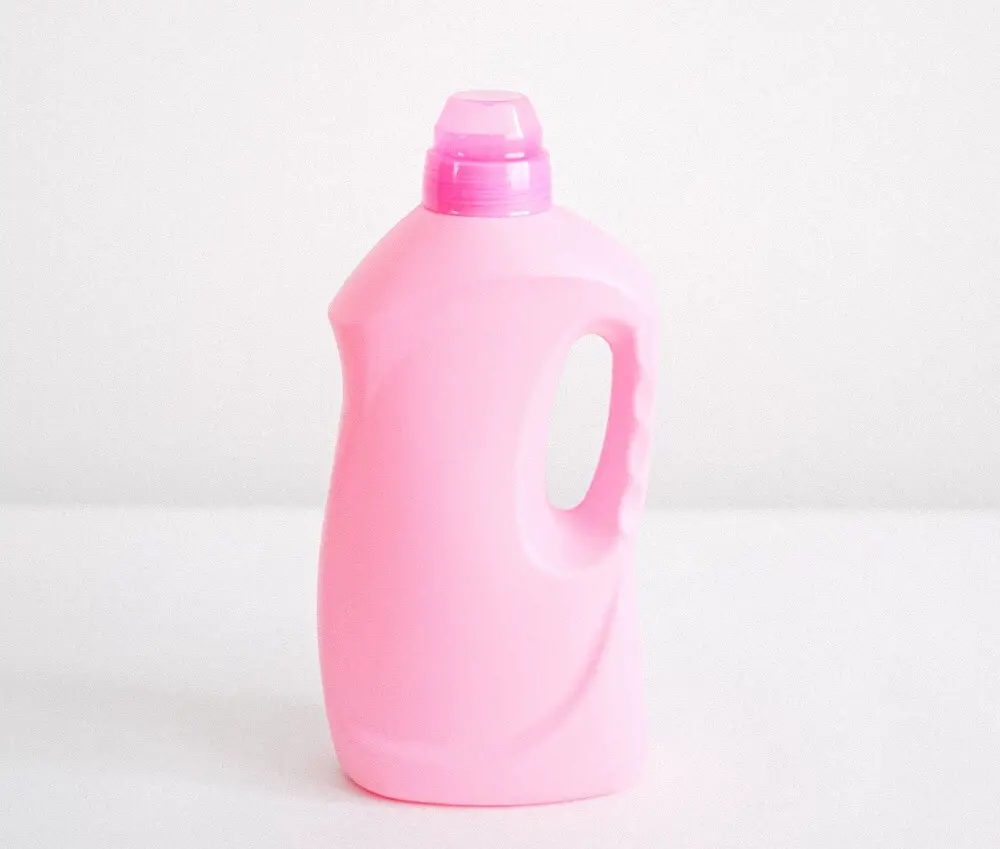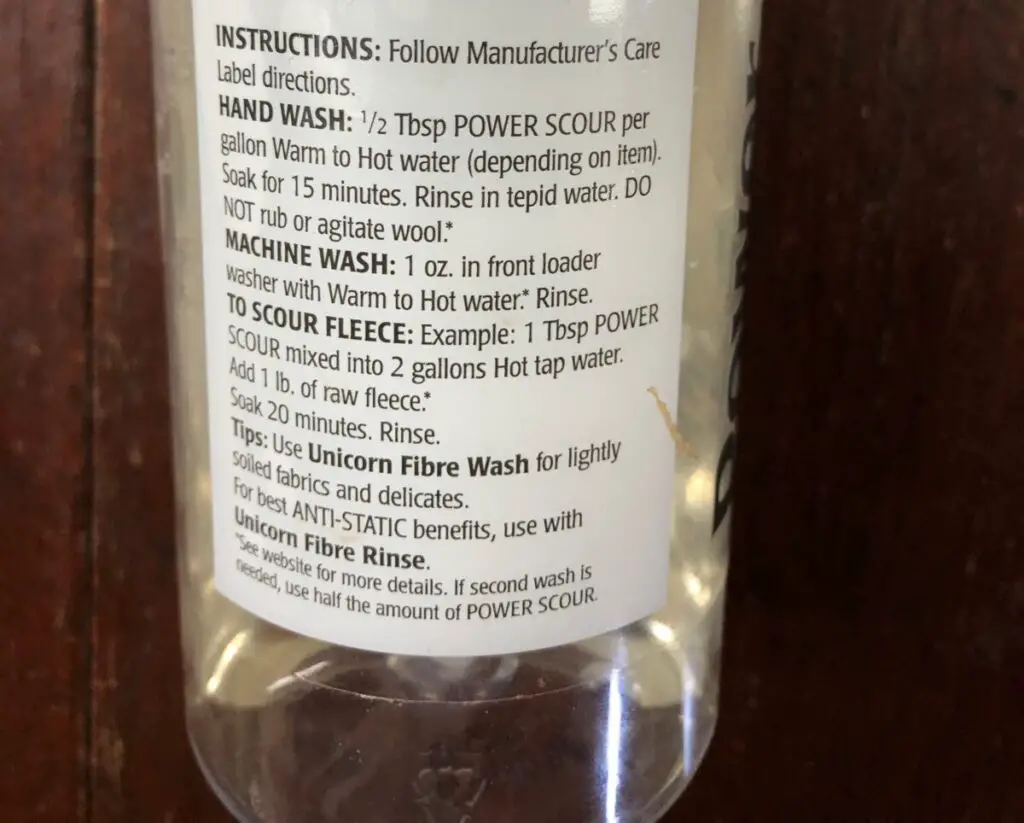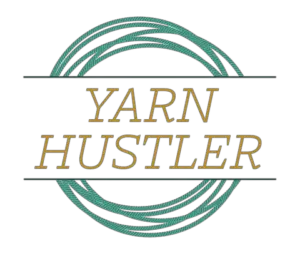Wool garments are great, but sometimes they’re just so dang itchy! You don’t want to get rid of it, you just want it to be softer. Fabric softener seems like a good option, but can you use fabric softener on wool?
I would not recommend using fabric softener on wool. Traditional fabric softener will coat or soak into the fibers of the wool which will affect its breathability and sweat-wicking properties. You can soften your wool in other ways by washing it with white vinegar, a hair conditioner, or by using a fabric softener specifically formulated to use on wool.
That doesn’t give you many details but not to worry, we’ll cover everything you need to know about using fabric softener on wool and how to soften wool. Check it out!
Disclaimer: This post contains affiliate links. This means I may earn a commission should you choose to make a purchase using my link
Table of Contents
Can You Use Fabric Softener on Wool?

Washing your wool with fabric softener will not damage the wool itself. However, repeated use of fabric softener can leave a residue on the wool garment that will affect how the wool feels and acts.
There are a few properties that wool has that make it so desirable, it’s sweat-wicking, breathable, and odor-resistant.
Using a softener to wash wool can affect these properties.
Fabric softeners work by coating the fibers of fabric with an oil. This fluffs the fibers which makes them softer and helps prevent static buildup because the oil has a slight electrical charge which neutralizes static cling.
While all these things are great, they can have a negative impact on natural fibers such as wool.
This oil coating that covers the fibers will coat the fibers of the wool or soak into the fiber itself. This makes it so that the wool fibers cannot wick moisture off your skin.
This wicking ability is also what makes wool breathable and odor-resistant.
These effects may not happen immediately, one wash with fabric softener is probably okay. However, repeated uses will cause this oil to continue to build up, decreasing those wool fiber properties bit by bit.
It’s not only wool that this can happen to. This effect can be found in all fabrics. If you ever wondered why your bath towels aren’t drying like they used to and you’re a fabric softener user, that’s probably why.
So, if you’re desperate to make wool sweaters less itchy, you could try washing them once with fabric softener, but repeated washes with fabric softener will affect the properties and feel of the wool.
Now that you know the deal with fabric softener and wool, let’s talk about some ways that you can soften wool without worrying about the effects of fabric softener.
How to Soften Wool Without Fabric Softener

There are a few ways you can soften wool without using fabric softener. These are great methods regardless of why you don’t want to use fabric softener, and they’re all pretty easy to do.
Hair Conditioner
First off, you can try washing your wool clothing with a hair conditioner. I know it sounds weird but think about it, human hair and sheep wool are both protein fibers and both have scales.
Now, wool does have properties that human hair does not, and vice versa, but the conditioner used for human hair can also work on animal hair.
There are a few things I would caution you about when choosing what kind of conditioner to use:
- Avoid conditioners with sulfates. Sulfates can dry out hairs and fibers which is the opposite of what you want
- Choose a conditioner that is known to leave very little residue. Cheap or heavily colored conditioners can leave a residue behind which could affect how the wool looks
- Handwash the garment with the conditioner, don’t do this in your washing machine as it could leave residue in the machine for future washes
Now that we’ve covered some details, let’s talk about how to do this. I recommend hand washing wool garments, it will make your wool last longer and there’s less risk of shrinking the wool.
First, fill a sink or tub full of hot water and add a few tablespoons of your chosen conditioner to the water bath. You will need more or less depending on the size of the garment.
If you’re worried about felting or shrinking your wool clothing, you can use cold water instead.
Add your item to the bath and press it down into the water so that it becomes fully saturated. Don’t agitate the water or you could shrink the item.
Let the wool item soak for at least an hour. Remove the item and gently squeeze out the excess water being careful not the wring the garment.
Rinse the garment in hot water following the same instructions for the soak. Let it sit in the rinse water for at least ten minutes.
Gently remove and squeeze out the excess water once again without any wringing. If your washing machine has an option to just do a spin cycle, that would be a great way to get rid of all the water.
If you don’t have only a spin cycle option, you can roll your wool item in a dry towel and press it down into the towel. This will help soak up any extra moisture which will speed up the drying process.
Then, lay your garment flat to dry away from direct sunlight. Once it’s dry, give it a feel to see if it’s helped soften the garment.
Another way to soften wool garments is to wash them using vinegar.
Vinegar
Rinsing wool fabrics with a little bit of vinegar can do several things for the garment.
- Removes any excess soap which can cause the fabric to feel stiff and scratchy
- Helps deodorize
- Helps keep whites white and blacks black
- Fights mold and mildew
All of these things are great reasons to use vinegar in your laundry, but you want to make sure not to use too much or it could dry out the fibers of your garments.
If you’re hand washing your garment, fill up a tub or sink with water and then add a 1/4 cup of vinegar. That should be plenty to give the benefits of the vinegar without drying out the fibers or leaving a vinegar smell.
If you’re only washing a small garment, add less vinegar.
You can also add vinegar to your washing machine to replace fabric softener in your normal wash cycle.
Last but not least, you can add some vinegar to your dryer to help prevent static cling. Seems weird but it’s true. Here’s an article from The Spruce on how to make your own reusable dryer sheets with vinegar and essential oils.
Wool Wash or Wool Conditioner

Wool wash and wool conditioner are products that are made specifically with wool in mind. Wool wash is made to wash wool thoroughly without any of the damage that could be caused by enzyme detergents.
For more information about wool wash, check out my other post here.
Wool and fabric conditioner is made to rehydrate and repair worn-out wool garments. Although they’re mostly made for worn-out garments, wool conditioners can help soften wool.
Here is a link (affiliate link here!) to a great wool conditioner that makes wool extra soft and is advertised for woolen baby diapers. Hey, if it’s soft enough for baby skin, it can probably help a scratchy sweater.
Use a Softer Wool
This one isn’t something you can do to an already made wool garment, but more so something you can do if you want to make something out of wool.
There are a ton of different types of wool breeds out there, ranging from coarse and rugged wool to extra soft and lofty.
If you’re making a next-to-skin wool item, be careful about deciding what type of wool to use.
Merino wool is the most commonly used and available wool and it’s great, but there are a ton of breeds out there that are different than merino. Check out my post that has 23 breeds of sheep different from merino.
If you’re specifically looking for some soft wool breeds, I have a post that lists four sheep breeds that are soft on the skin, check it out here.
But, if you don’t want to research every breed of wool listed on yarn labels, here are some tips you can try with just a small sample of yarn.
- Hold the yarn against the skin on the inside of your wrist for a while, I will just tie a little bracelet for myself and leave it there. If it doesn’t itch there, then your yarn should be good for next-to-skin garments.
- Make a yarn bracelet and then wash it, some yarns will fluff and get a little softer after they’ve been washed for the first time. Then wear your yarn bracelet to test the softness.
- Make a swatch and test wash it using any of the above softening methods. If it’s still itchy after trying those, then that yarn is probably better suited for an outer garment.
At the end of the day, if you don’t like the way a yarn feels before it’s made into something, then you’re not going to like how it feels after it’s been made into something. Listen to that little voice, it knows stuff.
Related Questions
What Kind of Detergent Should You Use on Wool?
When washing wool, you should use a soap made specifically for wool. This is often called a wool wash, wool detergent, or wool wash detergent. You should always avoid detergents that contain enzymes or that have stain removers built in. These enzymes and stain removers are made to remove stains made of protein. Natural fibre such as wool is made of protein so these enzymes will break down the fibers.
Can You Put Wool in the Dryer?
You should not put wool in the dryer unless the care label says you can safely dry the item. Some items, such as Smartwool socks, are made so they don’t shrink in the dryer. However, putting any wool item in the dryer will decrease it’s life. It’s always best to let your wool garments air dry. For more information about drying wool, check out my post here.
What Are the Benefits of Wool Dryer Balls?
Wool dryer balls decrease drying time, last for 1000 loads of laundry, decrease your overall environmental impact, are hypoallergenic, decrease static, and prevent wrinkles. To learn everything you need to know about dryer balls, check out my other post about it.

